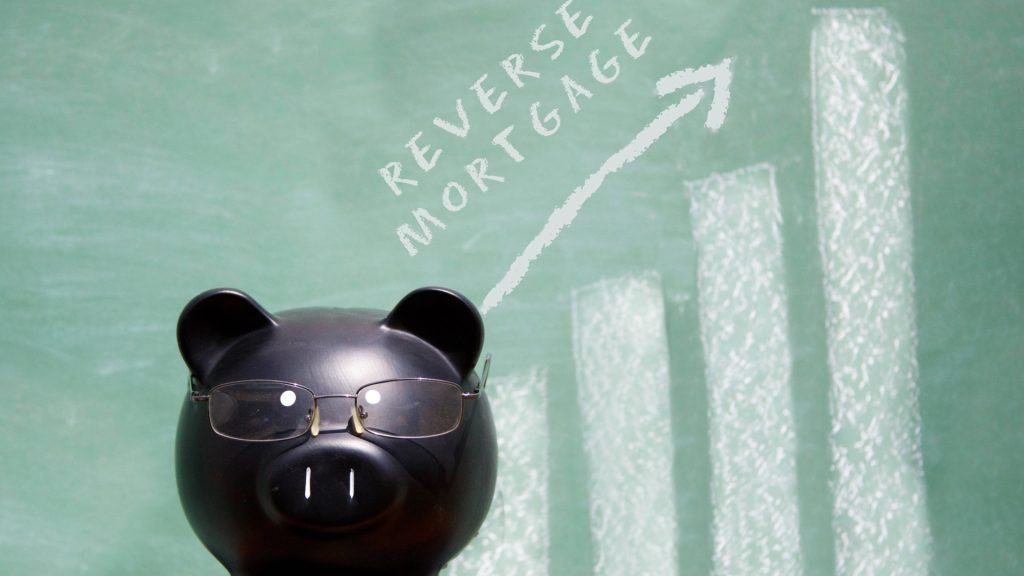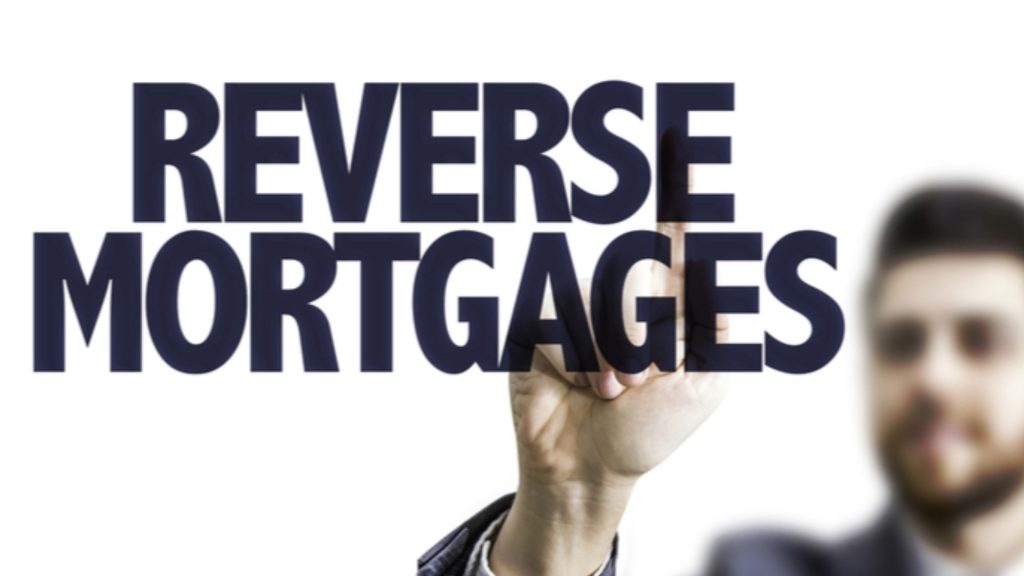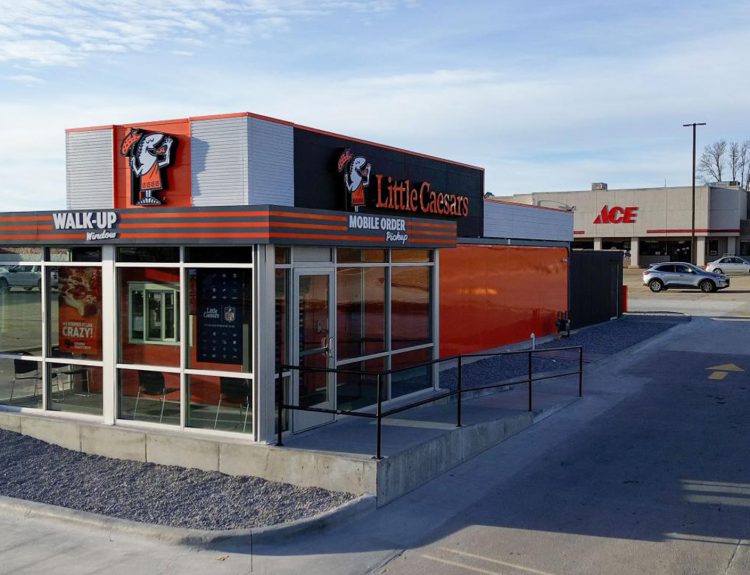A $425,000 mortgage, $3,300 monthly payments, and $3,000 Social Security income. The house owner, an 87-year-old, mother of six wishes to stay in her home-valued at around $1 million-until her passing, needing $250,000 to $300,000 in equity. Debt-to-income ratios prevent refinancing or home-equity loans. Hence, they’re considering a reverse mortgage.

The Big Move, a MarketWatch column concerned with the nuances of real estate was asked for ‘creative solutions’ to this dilemma. Read on to find the solutions that were preferred.
The Big Move Responds
The Big Move remarked that a reverse mortgage would be ‘a good plan’ given that the person had plans to sell the home after the mother passes on. The real estate guru called it ‘the least expensive path’ to help her stay in ownership of the home.

The person was also advised to find out how a reverse mortgage would affect her social security income if she is on specific needs-based programs such as supplemental security income.
Reverse Mortgage: Considerations And Caution
The Big Move in response cited information from the American Advisors Group, a reverse mortgage lender. “One workaround is simply spending your reverse mortgage proceeds in the same month you receive them,”

A word of warning was also mentioned after. “If the drawn funds are not spent, they could accumulate and exceed the allowable limit for SSI or Medicaid in your state.”
Alternative Solutions: Exploring Home-Equity Investments
The Big Move also suggested a home equity investment. With a HEI, unlike a HELOC, a company or a lender ‘will buy a portion of the future home equity and the owner will get a lump sum cash payment in return,’ according to Tomo Mortgage.

For example, if the property owner has around $400,000 in equity accrued, she can extract that $400,000 in cash by giving a home-equity investment company a 25% share of the home’s future appreciation.
Home-Equity Investments: Risks and Considerations
This route will set up a way for her ‘to share the equity she has in her home with a lender, for which she will be financially compensated.’ The Big Move remarked that with a HEI, he/she wouldn’t need to worry about a high debt-to-income ratio.

However, the option is not without its risks as cited by The Big Move. As it is a relatively new type of financial product, there may be terms, fees, and costs that could spring up surprises. He was advised not to make any decisions without ‘the help of a real-estate or trust-and-estate attorney.’
Understanding Reverse Mortgages
Debt.org defines a ‘reverse mortgage’ as a ‘type of home loan that lets you convert a portion of the equity in your house into cash.’ In simpler terms, it’s a home loan that you don’t have to pay back as long as you live in your home.

In regular mortgages, people pay back money each month to lower what they owe. But with reverse mortgages, lenders give money to borrowers, so the debt grows over time. The loan isn’t paid back until the borrower sells the house, moves out, or passes away. After which the loan is repaid, often by selling the home.
Responsibilities And Considerations Before Getting A Reverse Loan
When someone gets a reverse mortgage, they have to pay for property taxes, insurance, and keep the house in good shape. Otherwise, the lender can take over possession of the house.

The majority of reverse mortgages are insured by the Federal Housing Administration through a program called the Home Equity Conversion Mortgage (HECM). The first reverse mortgage was created in 1961 by Deering Savings and Loan in Portland, Maine, to help a widow remain in her home after her husband passed away.
Reverse Mortgage Trends: Then And Now
The program became very popular in 1988 when Congress passed a law allowing the FHA to insure the loans. The number of loans reached its highest point in 2008 with 115,000, but during the Great Recession, that number dropped by almost half.

In recent years, there has been a change in trend. Reverse mortgages still make up only 1% of the $11.5 trillion in U.S. mortgages. However, the number of people who qualify for these loans is projected to increase from 46 million presently to 98 million by 2060, based on 2017 statistics from the Department of Health and Human Services.
Reverse Mortgages: Who’s In, Who’s Out
To qualify for a reverse mortgage, you must be at least 62 years old, and if your spouse is younger, they cannot be on the title. The property must be your primary residence, and you must undergo consumer counseling to understand your obligations. Additionally, you need substantial equity in your home, typically over 50%, though requirements vary by lender.

Factors like credit score and debt-to-income ratio may not be considered, especially for HECM loans, but outstanding debts like federal student loans could affect approval.
How Do I Get One
First thing; Find a lender. Many large banks have stopped giving reverse mortgages, though they are still available at smaller banks and credit unions.

There are also plenty of online lenders like One Reverse Mortgage, Liberty Equity Solutions, and Home Point Financial Corp.
Pros And Cons Of Reverse Mortgages
The pros are simple. Reverse Mortgage is a steady stream of income that lasts for years. The money is tax-free. Rather than income earned, a reverse mortgage is considered a loan so the IRS has nothing on you. A reverse mortgage will also not affect social security or Medicare payments.

However, many people have lost their homes because they couldn’t keep up with the monthly fees. With a regular loan, the amount you owe reduces each month. But with a reverse mortgage, the amount you owe stacks up every month. With interest and other costs added, the debt might end up being more than what the house is worth.
Closing Thoughts
On a closing note, the person was advised to talk to several lenders and weigh the pros and cons of each option carefully.

“Some lenders may have other creative options for you, but always do your own legal and financial due diligence on any offers you receive,” The Big Move wrote.






